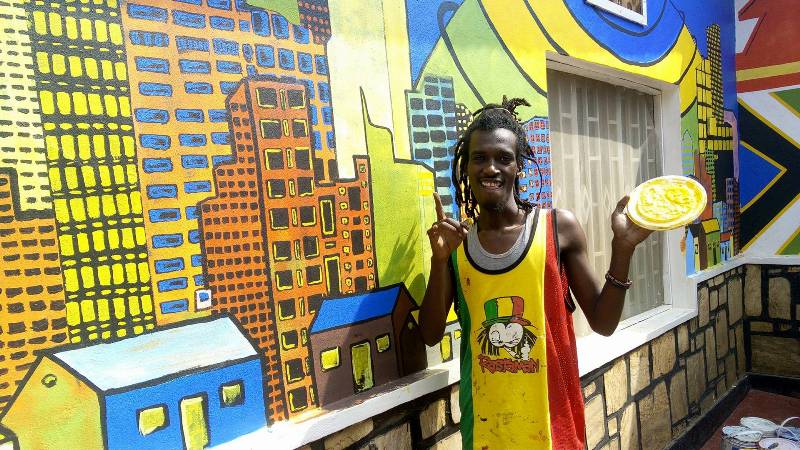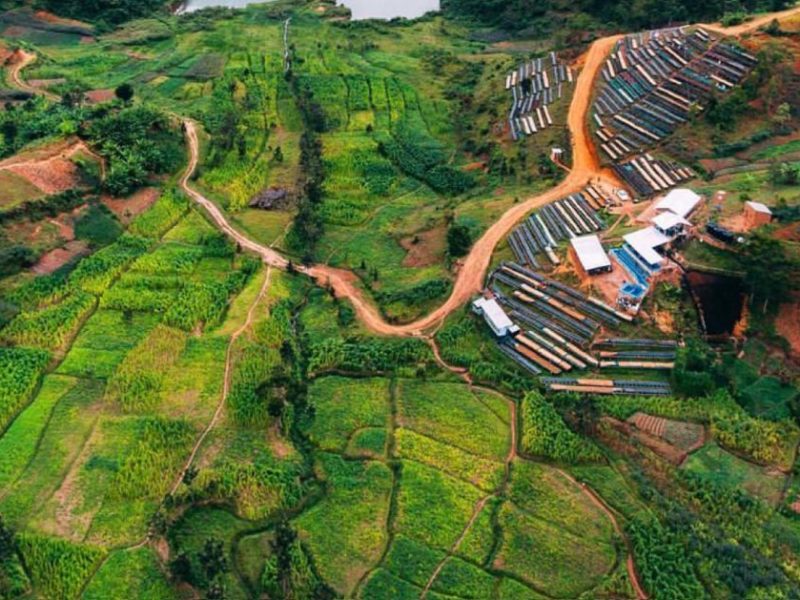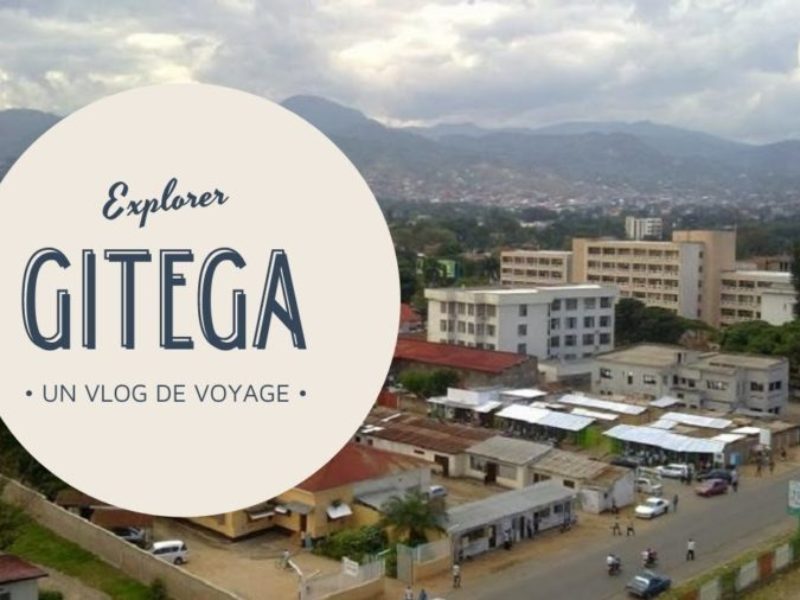
Ntagara’s Passion for Nature gives Birth to Kigali’s Newest Art Centre
The question most people often ask: what’s the connection between art and environmental conservation?
For Djamal Ntagara, the answer is quite crystal clear: there are numerous ways to conserve our nature, but art is among key methods which help people feel the significance of helping protect the planet.
Through the power of true pieces of art, he says, the viewer’s eyes open and appreciate beauty and, through this, the wonderful uniqueness and preciousness of our fauna and flora.
He adds that art not only provides the visual beauty but also a therapeutic sense of serenity; connecting emotions through interpretation of what you see in any particular piece of art.
The love for conserving the environment and culture is the inspiration behind the founding of another art center by Ntagara, known as Kaanyaburanga Art Center. This new addition to Kigali’s ever burgeoning art scene is located in Sonatube, right behind the Classic Hotel in Kicukiro.
Ntagara, 27, says the new art center is going to be officially opened late in march with initial three members. The others are Mike Katihabwa, a Burundian artist who escaped from the conflict-ridden country in 2015 during the elections-related violence and is now living in Kigali. The other one is Neza Shemsa, a youthful female artist known for her “touristic” paintings depicting wildlife and culture.
When you set your foot right into the new art center, what Ntagara says about his love for nature immediately confronts your eyes. At the verandah of this former residential place he has now been transformed into an art center, you find different types of flowers planted on discarded objects that he says he “raised from the dead and breathed life into them.”
For instance, we know that a junk computer belongs to the scrapyard. However, Ntagara is now growing blooming pieces of flowers from an improvised flower “pot” on a junk computer monitor he says he retrieved from his father’s house.
“The computers were dead, and my father wanted me to throw them away. But instead, I removed their insides, filled up soil in the shell of the monitors, and painted them in attractive colours from where I planted the flowers,” he says.
He used other parts of the computers like the motherboard to make installation art that hangs attractively on the walls of the gallery.
The other pieces of discarded materials he used as flower pots include used jerrycans and other used objects.
An installation art depicting a fish is made from discarded toothbrushes, toothpaste tubes that he says he collected from his father’s garden when he wanted landscape the garden with flowers. The pieces are embedded on a 170 x 40cm wooden piece. He uses saw dusts to make some features of the fish like the head and tails, but gives it a bluish and attractive background.
Another exquisite of installation art is found on the walls of the main gallery where he collected different coins from different countries, several discarded keys and seashells and glued them on a square piece of wood to make a wall clock.
“This piece of art is priceless and I can’t sell it for a farthing or a fortune. Instead, I’ll one day donate it to a museum because it represents some part of our history from the materials used,” says the artist.
Apart from the main gallery located in the former sitting room of the residential building, another room is going to be a place they are going to display masks, banana lampshades, bracelets and jewellery made from the center and others brought in by other artists for display and sales.
For his love of culture, Ntagaara explains that he plans to hold monthly cultural events at Kaanyaburanga that will bring the old and the young together to share their different perspectives and experiences.
“Our culture is dying because the youth today miss the opportunity to learn from the old. However, we need to come together and share our history to preserve our pristine culture. We are going to create that opportunity here at the center,” he adds.
Ntagara says he’s happy to collaborate with artists who share his passion for the love of nature and culture like Katihabwa and Neza. “The creation of the art center has provided me with the opportunity to express what’s within me and to fulfill my dreams of being a conservation artist. I am working with these youthful artists who share my passion to fulfill this dream,” he says.
Ntagara formerly worked at the now defunct Uburanga Art Center in Kimihurura before founding the new art center.


